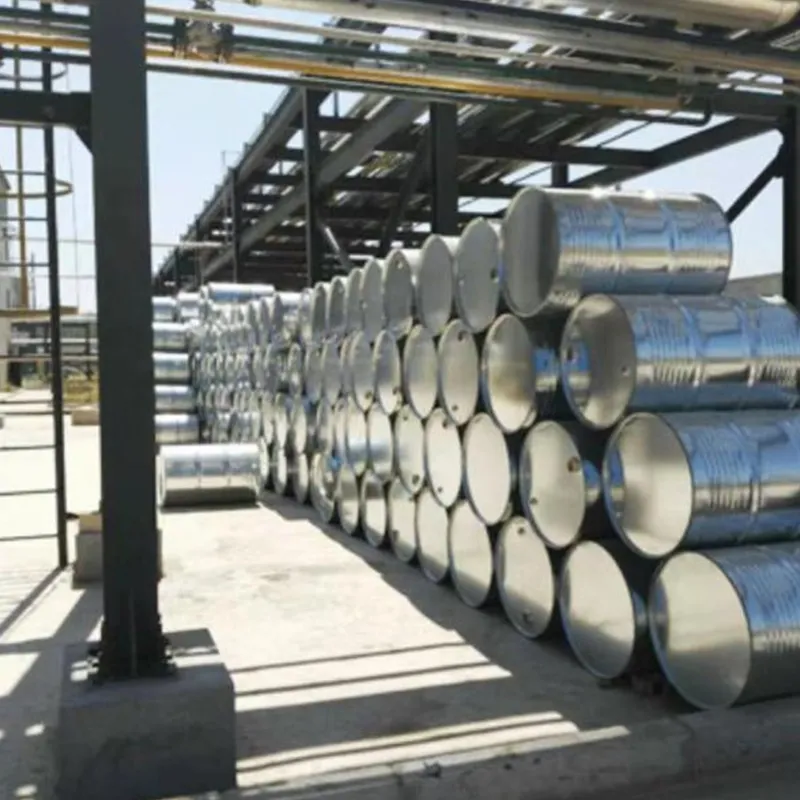
Current Market Trends and Pricing Analysis of Sodium Metabisulfite for 2023
Understanding Sodium Metabisulfite Pricing Factors and Trends
Sodium metabisulfite, a white crystalline powder with the chemical formula Na2S2O5, is widely used across various industries, including food, beverage, and pharmaceuticals. Known for its antioxidant and preservative properties, it functions as a reducing agent and plays a critical role in preventing browning in fruits, stabilizing wines, and acting as a disinfectant in water treatment processes. However, the pricing of sodium metabisulfite can be influenced by a myriad of factors, making it essential for industries and consumers alike to stay informed about its market dynamics.
One of the primary drivers of sodium metabisulfite pricing is the cost of raw materials. The production of sodium metabisulfite typically involves the reduction of sodium bisulfite, which is derived from sulfur dioxide. Fluctuations in the availability and price of sulfur and other raw materials due to environmental regulations, supply chain disruptions, or changes in market demand can significantly impact the final price of sodium metabisulfite. For instance, a surge in sulfur prices can lead manufacturers to pass these costs onto consumers, thereby increasing sodium metabisulfite prices.
Another critical factor influencing the price is production and transportation costs. The manufacturing process requires energy and other resources, and any changes in energy prices can affect overall production costs. Additionally, transportation logistics play a vital role in pricing, particularly for regions that are geographically distant from production facilities. Increases in fuel prices or transportation tariffs can lead to higher costs when sodium metabisulfite is delivered to markets, further impacting its pricing.
sodium metabisulfite price

Market demand is also pivotal in determining sodium metabisulfite prices. The demand for sodium metabisulfite has been growing, especially in the food and beverage sectors where it is used extensively as a preservative. With increasing global awareness about food safety and preservation, more producers are likely to incorporate sodium metabisulfite into their products, which could subsequently drive up prices. Conversely, if alternative preservatives gain popularity or if consumer preferences shift towards more natural solutions, the demand for sodium metabisulfite could decline, potentially leading to lower prices.
Additionally, fluctuations in global trade policies and regulations can have a significant impact on the price of sodium metabisulfite. Tariffs and trade restrictions imposed by countries can alter the competitive landscape, making locally produced sodium metabisulfite more favorable than imported alternatives, or vice versa. Changes in international relations and agreements can result in price volatility, as companies react to evolving market conditions and import/export costs.
Environmental considerations are increasingly shaping the sodium metabisulfite market. The chemical industry faces growing scrutiny regarding sustainability practices and the environmental impact of production processes. Companies that prioritize green initiatives may incur higher costs, which could be reflected in product pricing. On the other hand, businesses investing in environmentally friendly practices may attract a more conscious consumer base willing to pay a premium for ethically produced goods.
In conclusion, the price of sodium metabisulfite is influenced by a complex interplay of raw material costs, production and transportation expenses, market demand, trade policies, and environmental considerations. As industries continue to evolve and adapt to changing regulations and consumer preferences, staying abreast of these factors will be crucial for manufacturers and consumers alike. Understanding these dynamics will help stakeholders make informed decisions and anticipate future market trends in the sodium metabisulfite sector.
-
The Safety Challenges of Ammonium Nitrate FertilizerNewsJun.26,2025
-
The Critical Role of Mining ChemicalsNewsJun.26,2025
-
Shelf Life of Glacial Acetic Acid Food GradeNewsJun.26,2025
-
Enhancing PVC Longevity with 1,2,3-Benzotriazole InnovationsNewsJun.26,2025
-
China’s Dominance in Food Additive ProductionNewsJun.26,2025
-
Can Aluminum Hydroxide Replace More Toxic Alternatives?NewsJun.26,2025
-
PE and PP Plastics with Benzotriazole AdditivesNewsJun.12,2025
Hebei Tenger Chemical Technology Co., Ltd. focuses on the chemical industry and is committed to the export service of chemical raw materials.
-

view more DiethanolisopropanolamineIn the ever-growing field of chemical solutions, diethanolisopropanolamine (DEIPA) stands out as a versatile and important compound. Due to its unique chemical structure and properties, DEIPA is of interest to various industries including construction, personal care, and agriculture. -

view more TriisopropanolamineTriisopropanolamine (TIPA) alkanol amine substance, is a kind of alcohol amine compound with amino and alcohol hydroxyl, and because of its molecules contains both amino and hydroxyl. -

view more Tetramethyl Thiuram DisulfideTetramethyl thiuram disulfide, also known as TMTD, is a white to light-yellow powder with a distinct sulfur-like odor. It is soluble in organic solvents such as benzene, acetone, and ethyl acetate, making it highly versatile for use in different formulations. TMTD is known for its excellent vulcanization acceleration properties, which makes it a key ingredient in the production of rubber products. Additionally, it acts as an effective fungicide and bactericide, making it valuable in agricultural applications. Its high purity and stability ensure consistent performance, making it a preferred choice for manufacturers across various industries.











